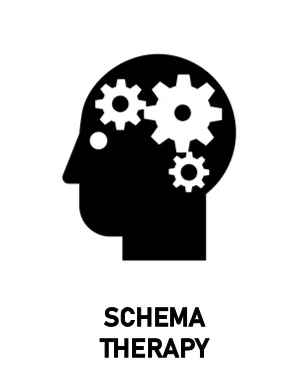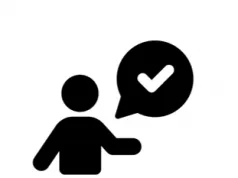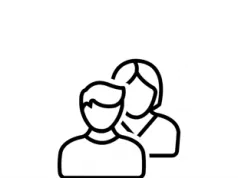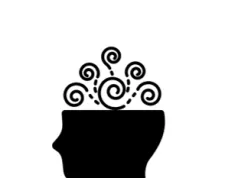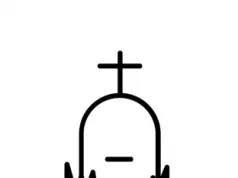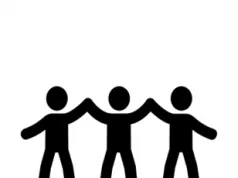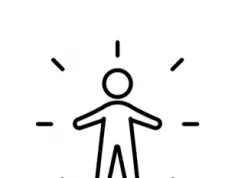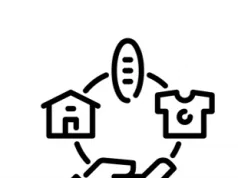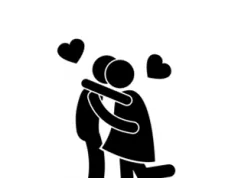Schema Therapy is a type of talking therapy that can be used to treat mental health conditions. Schema therapy is growing in popularity, and is being used frequently by many.
There are many different types of talking therapy. Therefore, it is important to consider your choices if you are thinking of attending therapy. This article provides some key areas worth knowing in regards to Schema Therapy.

What is Schema Therapy?
Schema Therapy: Schema Therapy is a talking therapy that combines aspects of Cognitive-Behavioural Therapy, Gestalt therapy and psychoanalytical thinking into one form. It can be useful in treating personality disorders due to its ability to help people change longstanding patterns of thought and behaviour. The therapy is normally based on the idea that childhood needs were not met, leading to deeply-held obstructive beliefs. The therapist will attempt to change long-standing patterns that have contributed to problems, and can be very useful. Schema therapy is mainly intended for use in the treatment of personality disorders.
1. Schema therapy uses concepts from different therapy types
Schema therapy was designed to combine some of the most effective elements of other therapies into one single therapy format.
Schema therapy involves elements of cognitive-behavioural therapy, gestalt therapy and psychoanalytical thinking.
2. Schema therapy is based on the idea that childhood needs were not met
The key theory in Schema therapy is that an individual needs to uncover and then understand what is termed as “early maladaptive schemas”.
These schemas are obstructive patterns caused by patients not having their emotional needs met as a child. This is a core area within Schema therapy.
3. There are 18 maladaptive schemas
Jeffrey Young was the theorist who came up with Schema therapy. He identified 18 maladaptive schemas that exist [1]. Those who are mentally ill will typically have at least one of these.
These schemas will be discussed during therapy sessions. Among the schemas are a lack of emotional support, feelings of shame, isolation and more. We have an article that goes into detail on the 18 Early Maladaptive Schemas.
4. The aim is to then process these in a positive way
Once the schemas have been identified, the aim is to process these schemas in a positive way. The therapist and patient will work together to come up with ways to change.
The idea is to change long-standing patterns of thoughts and belief, and can lead to better interpersonal skills, improvement in relationships and in general – how the person sees the world
5. Schema therapy tackles the past
Schema therapy takes the past into account heavily. As mentioned above, childhood experiences are reflected on and spoken about.
For some people, this can be a very difficult thing to do. But it is a necessary part of Schema therapy, and can provide immeasurable long-term benefits.

6. Schema therapy is typically a long-term therapy
Schema therapy is typically a form of therapy that should take place over a period of at least a few months. Therefore, it won’t result in overnight changes.
Because Schema therapy involves changing long-held thoughts and patterns of behaviour, change will take time. Schema therapy takes time to work, but can be very effective.
7. Schema therapy is becoming available on the NHS
Despite being a relatively new form of therapy, Schema therapy has already won many supporters. In fact, it has gained popularity to the extent where Schema therapy is becoming available on the NHS.
Some areas in the United Kingdom are introducing Schema therapy as a type of talking therapy. If it proves effective, we can expect to see schema therapy used frequently.
8. The evidence is good!
The evidence for Schema therapy is very strong! There have been several studies that have looked into its effectiveness, with positive results.
It is known to be effective in cases of personality disorders and even Depression [2][3]. It seems to be able to help a large group of people. Hopefully it will continue to prove helpful for many!
See Also
- Therapy Home
- Everything You Need To Know About Talking Therapy
- FAQ’s About Talking Therapy
- Schema Therapy: Everything You Need to Know
- The Advantages and Disadvantages of Schema Therapy
- 8 Things You Should Know About Schema Therapy
- What are the 18 Early Maladaptive Schemas?
Disclaimer
This website should be used purely for informational purposes, and does not intend to, nor should it ever, be used as a replacement for professional medical advice.
We strive to keep all of our pages updated, and ensure that our website is full of factual and in-depth information. However, we encourage you to browse this website with care.
As a reminder, this website and all content within it cannot and should not replace the advice of a trained medical professional. You can read our full disclaimer at this link.
Helplines
If you are struggling with your mental health, help is available. With the right support and treatment, you can make a recovery. For information on helplines, or if you are in a state of crisis, please visit our crisis page by clicking on the relevant link for your geographical location (United Kingdom), (United States), (International). You can also see how to get mental health treatment and the process involved by clicking this link.
References
[1] Young, J., Klosko, J. & Weishaar, M. (2003). Schema therapy: a practitioner’s guide. New York: Guildford Press.
[2] Bamelis, L., Evers, S., Spinhoven, P. & Arntz, A. (2014). Results of a Multicenter Randomized Controlled Trial of the Clinical Effectiveness of Schema Therapy for Personality Disorders. The American Journal of Psychiatry. 171 (3), p305-322.
[3] Carter, J., McIntosh, V., Jordan, J., Porter, R., Frampton, C. & Joyce, P. (2013). Psychotherapy for depression: a randomized clinical trial comparing schema therapy and cognitive behavior therapy. Journal of Affective Disorders. 151 (2), p500-505.

